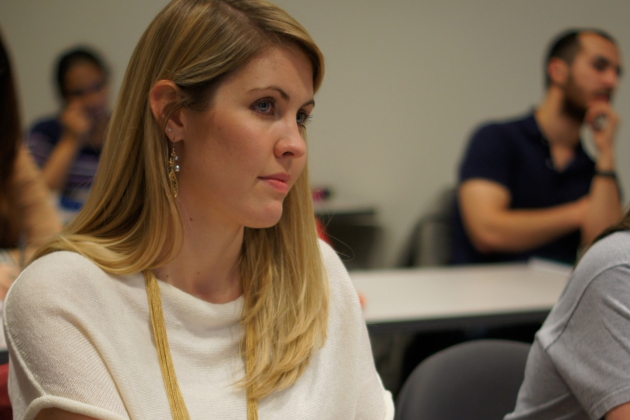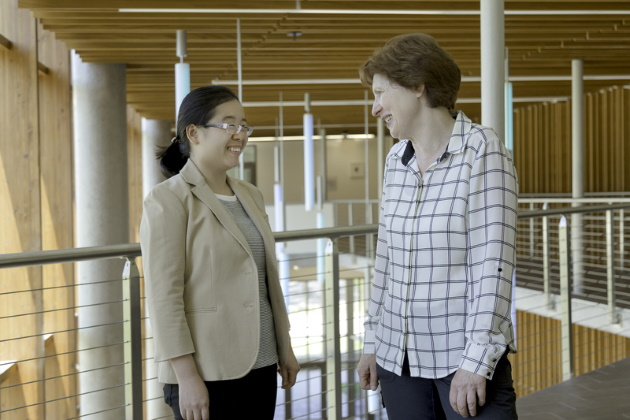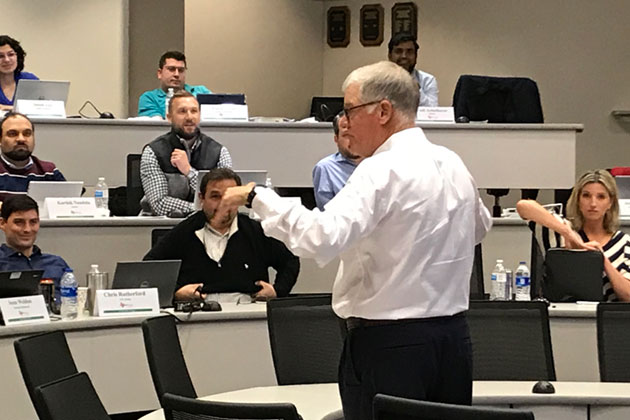
Written by Pamela Foster Brady
UT Dallas offers five paths to earning an MBA. Each MBA requires 53 credit hours to complete, and all are accredited by AACSB, which is the gold standard for business schools.
What is the difference between EMBA and PMBA?
UT Dallas offers five paths to earning an MBA. Each MBA requires 53 credit hours to complete, and all are accredited by AACSB, which is the gold standard for business schools.
Tuition, curriculum and admissions are different for each of these MBA options.
Admissions
The UT Dallas Executive MBA program does not require a GMAT or GRE. What is considered is the career progression, career potential and the prospective student’s contribution in the classroom. Executive MBA students are typically 38-40 years old, and in a mid- to senior manager role. Ideally, these students have managed people, worked internationally and have P&L responsibilities. Admissions does require an interview, three professional recommendations and an essay.
For those considering the Professional MBA, factors including undergraduate GPA, GMAT or GRE score and years of work experience are considered. With a strong undergraduate GPA from an AACSB-accredited university and a strong professional resume, the GMAT/GRE may be waived. Students often are younger, including those who have only recently completed their undergraduate degree, although seasoned professionals also select this route to an MBA.
Curriculum
UT Dallas offers three Professional MBA programs – a cohort program, a fully online program and the flex program. Professional MBA on-campus classes are typically in the evening during the week. Regardless of which path an MBA student takes, electives allow the student to tailor the degree to their specific career needs.
The Executive MBA curriculum is pre-determined based on the student learning objectives designed and approved by the faculty. With the average student having 15 years of professional experience, it is assumed that Exec MBA students have management and P&L responsibilities. The curriculum has been designed for functional managers looking to create performance transformation for their division or company. There is a strong emphasis on designing and implementing strategy to create the change necessary to grow in this very dynamic world.
The UT Dallas Executive MBA includes executive coaching each month. Students work one-on-one with an ICF-certified coach to refine their soft skills such as executive presence, social and political intelligence, strategic self-awareness and social networking.
Tuition
Students pay a premium for an Executive MBA education. Our students are balancing work, life and family and pursuing their MBA. Thus the Exec MBA program provides parking and textbooks and even enrolls students in their classes. Breakfast, lunch and snacks are provided on class days. The program tuition and fees includes an international study tour (with the exception of international airfare).
Tuition for the Professional MBA programs varies based on the number of credit hours taken in a given semester.


